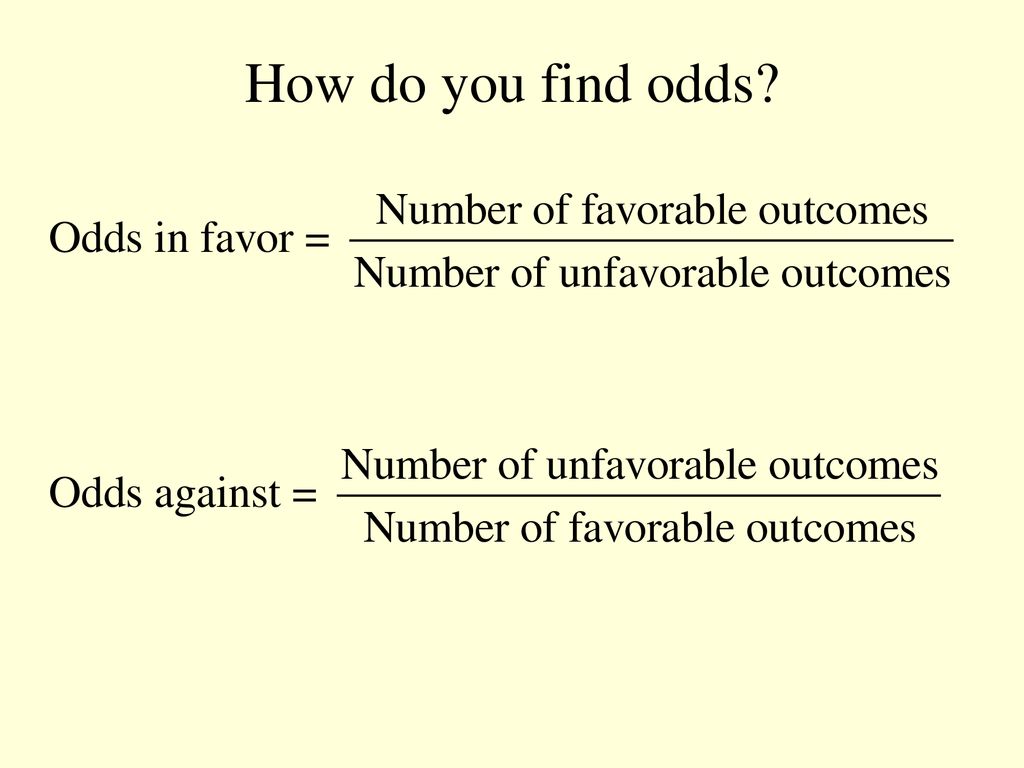Navigating the complex world of vehicular traffic in densely populated urban areas has always been a challenge. The Sunwin Odd-Even system, a unique traffic management strategy, has emerged as a promising solution to address the congestion and pollution woes faced by many cities. This article delves into the intricacies of this innovative approach, exploring its underlying principles, implementation, and the potential benefits it can bring to the urban landscape.
Understanding the Sunwin Odd-Even System

The Sunwin Odd-Even system is a traffic regulation scheme that limits the use of private vehicles on designated days based on their license plate numbers. The premise is simple: vehicles with license plates ending in odd numbers are permitted to ply the roads on certain days, while those with even-numbered plates are allowed on the alternate days.
The Rationale Behind Odd-Even
The Sunwin Odd-Even system is rooted in the fundamental principles of probability and resource allocation. By restricting the number of vehicles on the roads, the aim is to reduce congestion, improve traffic flow, and mitigate the environmental impact of vehicular emissions.
Reducing Congestion
One of the primary objectives of the Sunwin Odd-Even system is to alleviate traffic congestion. By limiting the number of vehicles on the roads on a given day, the system effectively reduces the overall volume of traffic, leading to smoother and more efficient movement of vehicles.
Improving Air Quality
The Sunwin Odd-Even system also plays a crucial role in enhancing air quality. By limiting the number of vehicles in operation, the system directly contributes to a reduction in tailpipe emissions, leading to lower levels of air pollutants and improved respiratory health for the urban population.
Promoting Sustainable Mobility
The Sunwin Odd-Even system encourages the adoption of more sustainable modes of transportation, such as public transit, carpooling, and active modes like walking and cycling. This shift towards greener mobility options not only benefits the environment but also fosters a healthier and more livable urban landscape.
Implementing the Sunwin Odd-Even System
The successful implementation of the Sunwin Odd-Even system requires a well-coordinated effort involving various stakeholders, including government authorities, law enforcement agencies, and the general public.
Regulatory Framework
Governments play a pivotal role in establishing the legal and regulatory framework for the Sunwin Odd-Even system. This includes defining the specific guidelines, exemptions, and enforcement mechanisms to ensure the system’s effective implementation.
Enforcement and Compliance
Effective enforcement is crucial to the success of the Sunwin Odd-Even system. This can involve measures such as vehicle monitoring, fines for non-compliance, and the deployment of traffic management personnel to ensure adherence to the regulations.
Public Awareness and Engagement
Educating the public about the Sunwin Odd-Even system and its benefits is essential for garnering widespread support and cooperation. Awareness campaigns, public outreach initiatives, and the provision of clear and accessible information can help foster a sense of collective responsibility and encourage compliance.
The Benefits of the Sunwin Odd-Even System

The Sunwin Odd-Even system offers a range of tangible benefits, making it an increasingly attractive traffic management strategy for cities around the world.
Reduced Congestion and Improved Traffic Flow
By limiting the number of vehicles on the roads, the Sunwin Odd-Even system has a direct impact on traffic congestion. The reduced vehicle volume leads to shorter travel times, smoother traffic flow, and a more efficient transportation network.
Faster Commute Times
With fewer vehicles on the roads, commuters can expect to reach their destinations more quickly, reducing the time spent in traffic and improving overall productivity.
Enhanced Mobility
The improved traffic flow facilitated by the Sunwin Odd-Even system enhances the overall mobility of the urban population, making it easier for people to access essential services, workplaces, and recreational areas.
Reduced Idling and Fuel Consumption
The decrease in traffic congestion also leads to reduced vehicle idling, which in turn results in lower fuel consumption and, consequently, reduced greenhouse gas emissions.
Improved Air Quality and Environmental Benefits
One of the most significant advantages of the Sunwin Odd-Even system is its positive impact on air quality and the environment.
Reduced Emissions
By limiting the number of vehicles on the roads, the system directly contributes to a reduction in tailpipe emissions, leading to lower levels of air pollutants such as particulate matter, nitrogen oxides, and carbon monoxide.
Improved Respiratory Health
The improved air quality resulting from the Sunwin Odd-Even system can have a direct and tangible impact on the respiratory health of the urban population, particularly vulnerable groups such as the elderly and individuals with pre-existing conditions.
Promoting Sustainable Mobility
The Sunwin Odd-Even system encourages the use of more sustainable modes of transportation, such as public transit, carpooling, and active modes like walking and cycling. This shift towards greener mobility options helps to reduce the overall environmental footprint of the transportation sector.
Economic and Social Benefits
The Sunwin Odd-Even system can also deliver economic and social benefits to the community.
Reduced Fuel Costs
The decreased fuel consumption resulting from the Sunwin Odd-Even system can lead to significant savings for individual households and businesses, freeing up resources for other important expenditures.
Improved Productivity
The reduced commute times and improved traffic flow can contribute to increased productivity, as workers spend less time in traffic and more time engaged in their professional activities.
Enhanced Quality of Life
By addressing the issues of congestion and air pollution, the Sunwin Odd-Even system can enhance the overall quality of life for urban residents, leading to improved health, well-being, and livability.
Challenges and Considerations

While the Sunwin Odd-Even system has demonstrated significant benefits, it also faces a range of challenges that need to be addressed for its successful long-term implementation.
Equity and Accessibility Concerns
One of the key challenges is ensuring that the Sunwin Odd-Even system does not disproportionately impact certain segments of the population, particularly those with limited access to alternative modes of transportation.
Addressing the Needs of Vulnerable Groups
Policymakers must carefully consider the needs of low-income individuals, the elderly, and persons with disabilities to ensure that the system does not create undue hardships or limit their mobility.
Ensuring Equitable Access to Alternative Modes
Investments in public transit, carpooling programs, and active transportation infrastructure are crucial to providing viable alternatives for those affected by the Sunwin Odd-Even restrictions.
Enforcement and Compliance
Effective enforcement of the Sunwin Odd-Even system is critical to its success, but it can also present significant logistical and operational challenges.
Technological Solutions
Advancements in automated number plate recognition, mobile enforcement, and integrated traffic management systems can enhance the efficiency and effectiveness of the enforcement process.
Public Cooperation and Awareness
Fostering a culture of compliance through extensive public awareness campaigns and community engagement can also play a vital role in the system’s success.
Adaptability and Resilience
The Sunwin Odd-Even system must be designed with flexibility and resilience in mind to address evolving transportation needs and unexpected circumstances.
Dynamic Adjustments
The system should be capable of adapting to changes in traffic patterns, population growth, and emerging transportation technologies to maintain its effectiveness over time.
Contingency Planning
Developing robust contingency plans to address disruptions, such as natural disasters or public emergencies, can help ensure the system’s resilience and continued operation.
FAQs
1. What is the Sunwin Odd-Even system, and how does it work?
The Sunwin Odd-Even system is a traffic management strategy that restricts the use of private vehicles on designated days based on their license plate numbers. Vehicles with license plates ending in odd numbers are allowed to ply the roads on certain days, while those with even-numbered plates are permitted on the alternate days.
2. What are the key objectives of the Sunwin Odd-Even system?
The primary objectives of the Sunwin Odd-Even system are to:
- Reduce traffic congestion
- Improve air quality by reducing vehicle emissions
- Promote the use of more sustainable modes of transportation, such as public transit, carpooling, and active mobility
3. How is the Sunwin Odd-Even system implemented and enforced?
Successful implementation of the Sunwin Odd-Even system requires a coordinated effort among government authorities, law enforcement agencies, and the general public. This includes establishing a regulatory framework, deploying effective enforcement measures (such as vehicle monitoring and fines), and engaging in extensive public awareness campaigns to foster compliance.
4. What are the benefits of the Sunwin Odd-Even system?
The Sunwin Odd-Even system offers a range of benefits, including:
- Reduced congestion and improved traffic flow, leading to faster commute times and enhanced mobility
- Improved air quality and environmental benefits through reduced vehicle emissions
- Economic and social benefits, such as reduced fuel costs, increased productivity, and enhanced quality of life for urban residents
5. What are some of the challenges and considerations associated with the Sunwin Odd-Even system?
Key challenges and considerations include:
- Equity and accessibility concerns, particularly for vulnerable groups with limited access to alternative transportation options
- Effective enforcement and ensuring compliance from the public
- Adaptability and resilience of the system to address evolving transportation needs and unexpected circumstances
Conclusion
The Sunwin Odd-Even system represents a promising approach to addressing the complex challenges of urban traffic management and environmental sustainability. By leveraging the principles of probability and resource allocation, this innovative strategy has the potential to reshape the transportation landscape, reduce congestion, improve air quality, and enhance the overall quality of life for urban residents.
As cities around the world continue to grapple with the ever-growing demands of a rapidly urbanizing world, the Sunwin Odd-Even system offers a compelling solution that balances the need for efficient mobility with the imperative of environmental protection. Through the implementation of well-designed regulations, effective enforcement, and sustained public engagement, this system can become a powerful tool in the arsenal of modern urban planning and transportation management.
Looking to the future, the Sunwin Odd-Even system presents an opportunity for cities to embrace innovative solutions that prioritize sustainability, equity, and the well-being of their citizens. By embracing this approach and addressing the challenges that arise, urban centers can pave the way for a more livable, accessible, and environmentally responsible transportation ecosystem, ultimately benefiting both the individual and the community as a whole.
